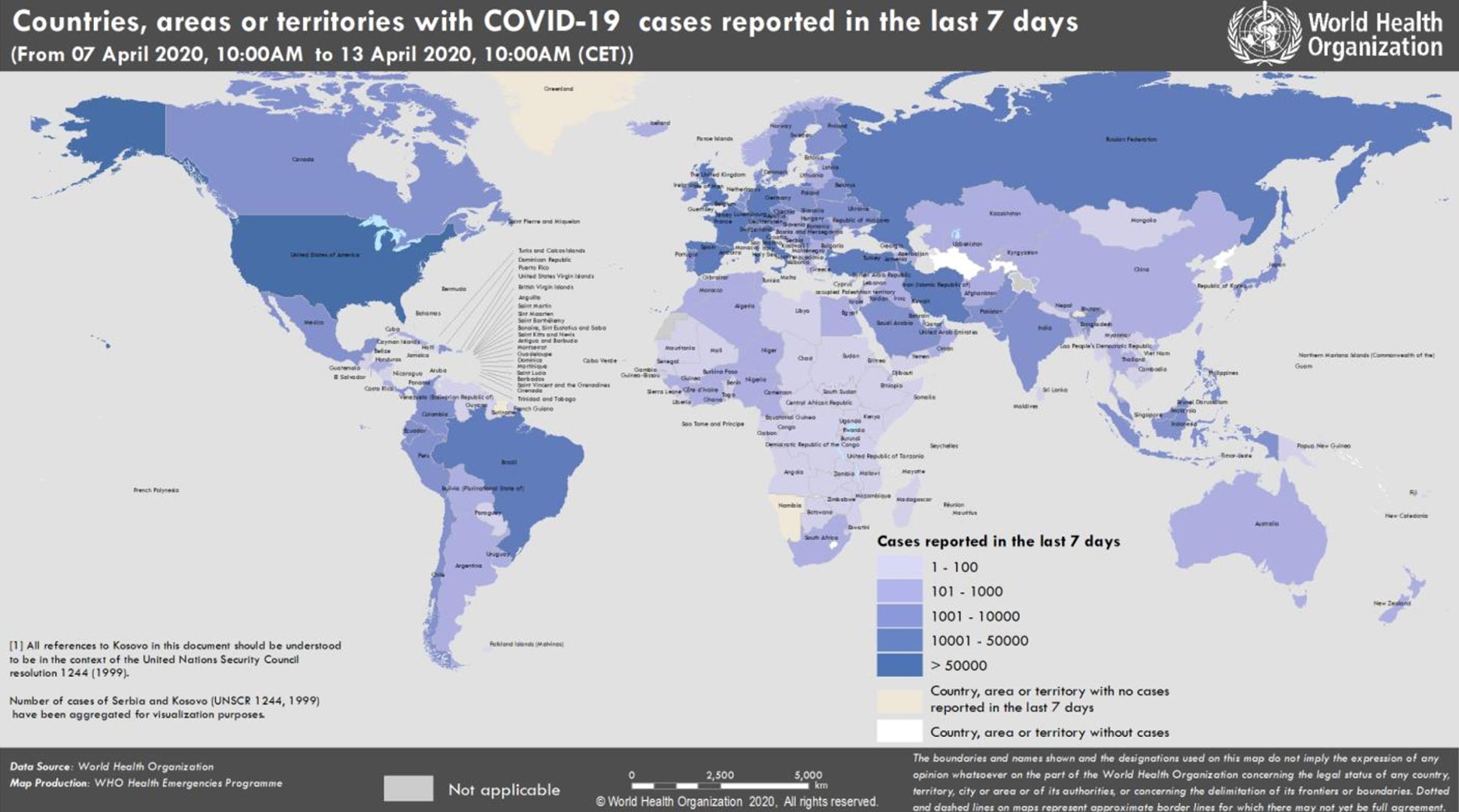
:no_upscale()/cdn.vox-cdn.com/uploads/chorus_asset/file/19786877/covid_19_testing_per_capita.jpg)
It is also important to consider the ages of those who are dying. Public Health Service commander Heather Scobie, deputy team lead for surveillance and analytics at the CDC’s Epidemiology Task Force.* “Unvaccinated people had eight times the rate of death as compared to people who only had a primary series,” suggesting that boosters increase the level of protection.
#US COVID TOTALS SERIES#
For the month of March, “unvaccinated people 12 years and older had 17 times the rate of COVID-associated deaths, compared to people vaccinated with a primary series and a booster dose,” says Commissioned Corps of the U.S. So even if only a small fraction of vaccinated people who get COVID die from it, the more people who are vaccinated, the more likely they are to make up a portion of the dead.Ĭredit: Amanda Montañez Source: Centers for Disease Control and PreventionĪnother way to think about the protection vaccination provides is to compare the ratios of death rates among the vaccinated and unvaccinated. With shots widely available to almost all age groups, the majority of the U.S. One also has to consider the denominator of the fraction-that is, the sizes of the vaccinated and unvaccinated populations.

But this perception is an example of a phenomenon known as the base rate fallacy. Taken at face value, these numbers may appear to indicate that vaccination does not make that much of a difference.

Of them, 261 were vaccinated with either just a primary round of shots-two doses of an mRNA vaccine or a single dose of Johnson & Johnson’s vaccine-or with that primary series and at least one shot of a booster. Each week in March, on average, a reported 644 people in this data set died of COVID. Centers for Disease Control and Prevention has compiled data from 28 geographically representative state and local health departments that keep track of COVID death rates among people age 12 and older in relation to their vaccination status, including whether or not they got a booster dose, and age group. But it is important to put those numbers in context. Looking at COVID data in recent months, it may appear that a significant proportion of the people who have died of COVID were vaccinated against the disease.


 0 kommentar(er)
0 kommentar(er)
